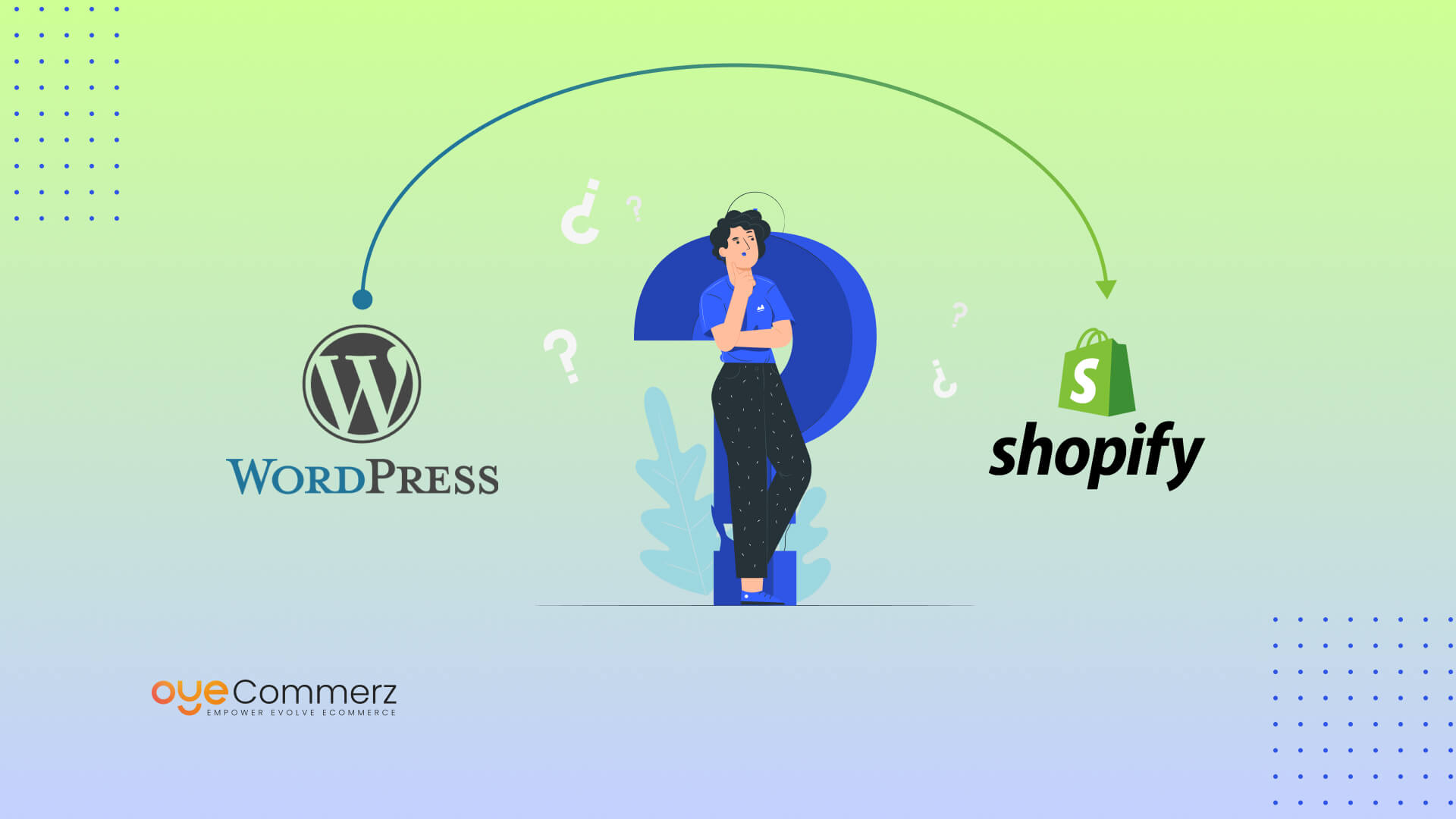In the dynamic landscape of eCommerce, choosing the optimal solution is essential for your brand’s prosperity. If you’re at the moment using WP and thinking about a migration to an alternative, you’re not by yourself. Numerous businesses are making this transition to leverage Shopify’s robust features, simplicity, and growth potential. This guide will guide you on the journey of migrating from WP to Shopify seamlessly, guaranteeing that you achieve your eCommerce potential.
Why Migrate from WordPress to Shopify?
Ahead of exploring the migration procedure, it’s essential to understand why this transition can be helpful for your eCommerce business:
Intuitive Design: Shopify provides an intuitive system that streamlines store operations, making it easier for non-technical users.
Flexibility: As your company expands, Shopify can accommodate higher traffic and sales without sacrificing speed.
Built-in Tools: Shopify comes with pre-installed features for SEO, analytics, payment management, and much more, reducing the requirement for several plugins.
Enhanced Security: With Shopify, you utilize strong security measures that secure confidential customer data.
Steps for a Smooth Migration
Migrating your digital shop from WP to Shopify requires several actions.
Here’s how to facilitate a successful transition:
Plan Your Migration Plan
Start by mapping out your migration plan. Decide on which aspects of your current site you wish to transfer, such as:
Item details
Customer information
Purchase logs
Blog content
Pick the Right Migration Solution
Based on your preferences, opt for a migration service that suits your eCommerce goals. OyeCommerz delivers several plans:
Basic Migration Package: Suitable for small stores with fewer products.
Standard Migration Package: Appropriate for growing businesses with intermediate demands.
Advanced Plan: Best for Shopify customer data tools larger stores requiring custom customization.
Backup Your Information
Ahead of initiating the migration, make sure that you have a comprehensive backup of your WP site. This task is crucial in the event anything goes off track during the move.
Export Your Data from WP
Leverage tools or alternative solutions to export key content from your WP site:
Products
Customers
Transactions
Blog posts
Upload Information into Shopify
After you have your information exported, employ Shopify’s migration apps or third-party apps to migrate your data into your new store. Verify that all content is accurately formatted and arranged.
Personalize Your Shopify Platform
After importing information, tailor your Shopify platform’s theme to match with your style. Look into hiring a designer if you require detailed customization.
Establish Payment Gateways and Shipping Options
Set up billing solutions and logistics options in Shopify to facilitate a smooth purchase experience for customers.
Apply Search Engine Optimization Guidelines
To maintain your SEO performance during the change:
Use 301 link updates from existing URLs to new ones.
Update meta tags.
Optimize visual content and content for better ranking.
Evaluate Your Migrated Platform
Ahead of publishing, extensively review your migrated site. Identify any discrepancies, payment processing issues, or missing data.
Launch Your Store
Once everything is in place, it’s the opportunity to publish! Inform the update to your users and invite them to discover the updated capabilities of your Shopify store.
Post-Migration Assistance
Post launching your new store, ongoing assistance is important. Consider engaging professionals who can assist with:
Technical upgrade your eCommerce platform support
Marketing strategies
Improvement strategies
Conclusion
Migrating from WordPress to Shopify can be a transformative decision for your online retail. By using this guide and utilizing experts like those offered by dedicated providers, you can ensure a seamless transition that improves your business potential. Accept the change and unlock the advantages of Shopify today!
